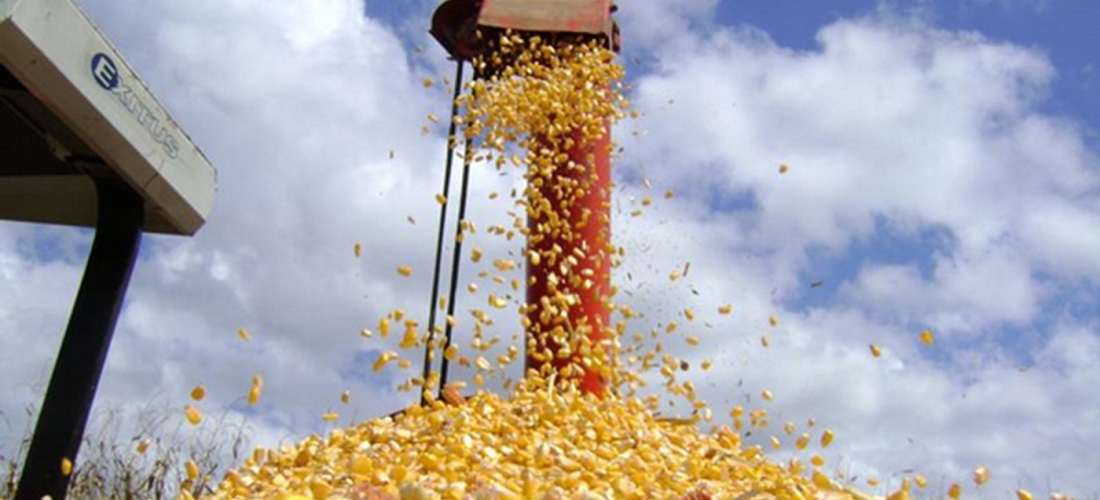
China invests in local corn production against Brazil’s wishes
Dec, 12, 2022 Posted by Gabriel MalheirosWeek 202249
Corn, the country’s second most important crop in terms of gross production value, has been gaining ground. The production chain strengthens as companies invest in genetic improvement, the cultivated area expands, and new markets open. The most recent example is China, which issued licenses for Brazilian cereal exports, causing farmers to rejoice. The first shipment, weighing nearly 70 thousand tonnes, left in November.
However, while exporters are eager to tap the 1.5 billion-person Chinese market, Beijing’s plans to ensure food security are still alive and well, and may frustrate Brazil’s plan in the long run. The government of President Xi Jinping wants to rely less and less on food imports.
Brazilians working in the international grain market know that the Chinese goal is not novel. “I’ve heard for at least a decade about China’s intention to increase productivity,” says Glauber Silveira, executive director of Abramilho, a Brazilian producer association. “It hasn’t so far.”
Whether it’s the first or tenth attempt, China understands the magnitude of the task and has set goals to tackle it this decade. First, the country intends to increase corn production by 2% annually, resulting in 324 million tonnes in 2031.
With consumption growing close to 1.5% per year to 328 million tonnes, the Chinese expect to import 7.5 million tonnes of corn in 2031. Until then, the plan is to reduce corn imports each year. Soybeans and wheat are also in focus.
“They’re laser-focused on seeds, hoping to boost productivity by 30% or more. Drought-resistant corn is being studied at the University of Sichuan,” says José Mario Antunes, COO of InvestSP in Shanghai. Sichuan is a province located in China’s southwest. China’s productivity, for example, is about 40% lower than that of the United States.
Aside from productivity, critical in Chinese agriculture, there are other challenges, such as implementing the outlined policies. It’s just that China, unlike Brazil, does not have many large estates. The activity is much more fragmented and family-based, and the cost is almost entirely determined by labor and land prices – and less machinery is used.
China, a significant producer, began to import corn in recent years because consumption has increased rapidly, with a peak in purchases a few years ago. According to the United States Department of Agriculture (USDA), the country purchased nearly 4 million tonnes of maize from other countries during the 2017/18 harvest. Since then, an upward trend has begun, culminating in the 29.5 million tonnes recorded in the 2020/21 season. The agency predicts another 18 million in 2022/23.
China likes to keep its grain stocks high. “It’s part of the Chinese obsession,” explained a source close to local traders. “They have three obsessions over there: food, energy, and technological security,” he added.
The country usually has corn stocks for 200 days and wheat for 500 days. Soybean stocks are lower due to higher turnover, the source says. The plan is to have reserves for between six months and a year, and he continued this information is treated almost as a state secret.
Brazilians are skeptical that Chinese imports will be reduced in the long run due to the rapid increase in Chinese consumption, while local productivity is slow to respond.
Source: Valor Econômico
To read the full original article, please go to: https://valor.globo.com/agronegocios/noticia/2022/12/09/china-investe-em-milho-e-pode-frustrar-exportador-brasileiro.ghtml
-
Sugar and Ethanol
Mar, 27, 2024
0
Brazil’s March Sugar Exports Reach 2.281 Million Tons in 16 Days
-
Fish
Jul, 19, 2019
0
Argentina: Government authorizes shrimp fishing in the North
-
Dec, 03, 2021
0
Interfax: Russia may set grain export quota at 14mi tons
-
Apr, 29, 2025
0
Amazonas Handles US$ 1.42 Billion in Exports and Imports in March 2025

